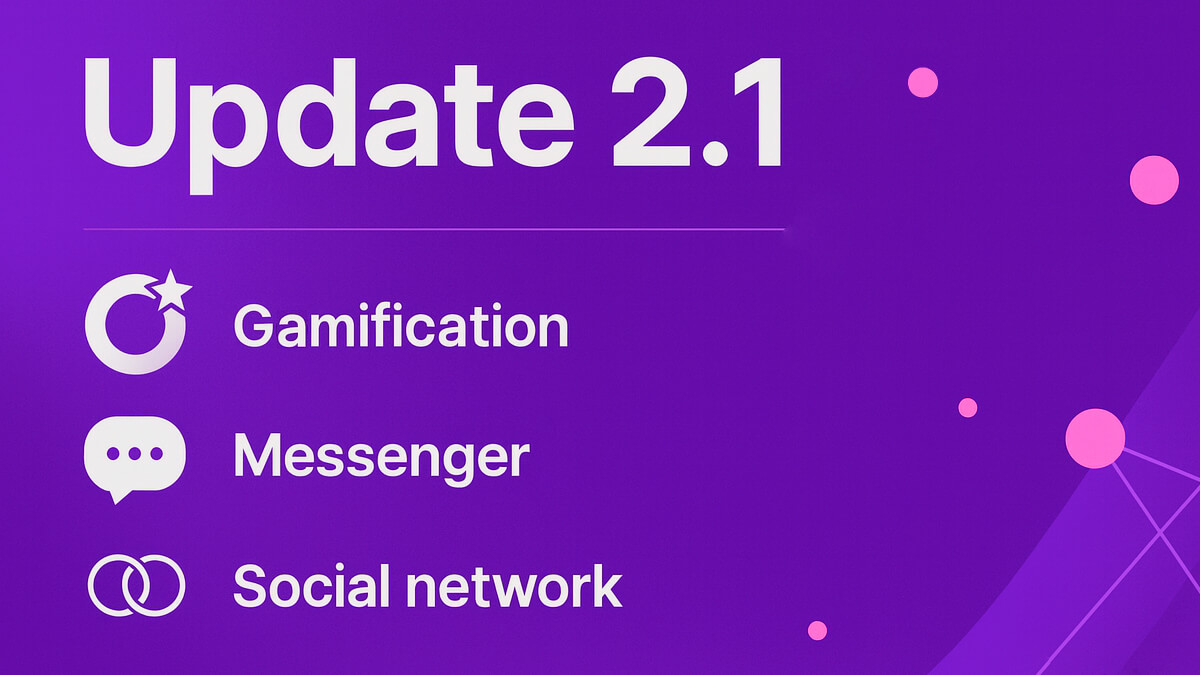How to Create Your Online Course: Step by Step Guide

Creating online courses can be both a rewarding and lucrative venture. Here is a step-by-step guide with useful resources and practical examples from Softbook, a state-of-the-art platform for course creation and management.
Step 1: Uncover Your Course Idea
The first step is to identify your course topic. Pick a subject you’re knowledgeable and passionate about. For example, if you’re a digital marketer, you might consider a course like “Mastering SEO: A Comprehensive Guide.” A useful resource here is Google Trends. It can help you identify popular topics in your field.
Step 2: Understand Your Learner’s Needs
Next, understand who your course is for. If your SEO course targets small business owners, tailor the content to their level of understanding and requirements. Surveys or online platforms like Reddit and Quora can be great resources to understand your audience’s needs and questions.
Step 3: Chart Your Course’s Learning Outcomes
Learning outcomes guide your content creation. For the SEO course, an outcome might be, “Optimize your website to rank on the first page of Google.” Bloom’s Taxonomy can be a useful tool here for designing effective learning outcomes.

Step 4: Weave Your Course’s Narrative
A well-structured course outline is critical. For your SEO course, chapters might include “Understanding SEO,” “Keyword Research,” “On-Page and Off-Page SEO,” etc. Mind mapping tools like XMind can help you visually structure your course content.
Step 5: Breathe Life into Your Content
Make your content engaging with real-world examples, interactive quizzes, and discussions. For example, Softbook allows you to embed videos and interactive elements directly into your lessons. Tools like Canva or Piktochart can help you design engaging visuals.
Step 6: Choose Your Course’s Digital Habitat
Softbook is an excellent platform for your course. It offers an intuitive course builder, engaging communication features, and comprehensive analytics. Additionally, check out Softbook’s resources and guides to make the most out of their platform.
Step 7: Test Drive Your Course
Before launching, pilot your course with a group who represents your target audience. Softbook’s interface enables easy navigation and feedback submission. Collect and analyze feedback to identify areas for improvement.
Step 8: Amplify Your Course’s Visibility
Finally, attract learners with a marketing strategy. Softbook’s built-in marketing tools are perfect for this. Additionally, use social media platforms, SEO, and content marketing to reach your audience. A tool like SEMrush can help you with SEO, while Hootsuite can manage your social media presence.
To conclude, creating an online course is a journey that blends your expertise, understanding of your audience, and the right platform. Softbook makes this journey smoother and more rewarding by offering an intuitive, feature-rich platform. Embark on your course creation adventure today and share your knowledge with the world!
Articles are good, but social media posts are faster!
Subscribe to us and be the first to receive tips and tricks
on promoting your online school!


Earn money on your knowledge and experience with
Softbook!
to the platform for setting up your own school!





